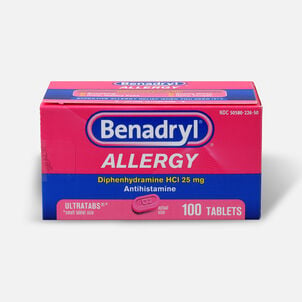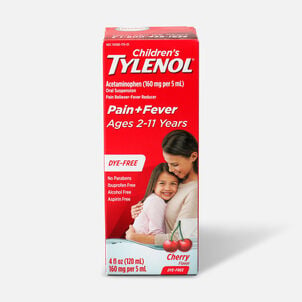FSAstore.com Cold Weather Calamities Series
As frigid temperatures spread this winter, we here at FSAstore.com are taking a closer look at potential medical issues and emergencies that could arise during the peak winter months. Today's entry will cover the potentially life-threatening condition of hypothermia.
What is hypothermia?
Hypothermia is a condition where the body begins to lose heat faster than it can produce it, which is caused by extensive exposure to cold temperatures or under cold water for an excessive period of time. Hypothermia begins to occur when the body's temperature drops below 98 degrees Fahrenheit, and if it is allowed to progress below 95 degrees, this can lead to the complete failure of the heart and respiratory system. In any situation with hypothermia, seeking out medical attention is the best course of action.
What are the signs of hypothermia?
Being mindful of the most common hypothermia symptoms will allow you to respond quickly, or care for a loved one who is experiencing the symptoms of hypothermia. Because symptoms are so gradual, in most cases individuals who are suffering from hypothermia don't know they have it, and the confused thinking associated with the condition can sometimes exacerbate the problem. Therefore, knowledge is power when hypothermia strikes. The most common symptoms include:
Mild Hypothermia: Confusion/trouble speaking, excessive shivering, lack of coordination, dizziness, hunger, nausea, fatigue, increased heart rate, hyperventilation (rapid breathing).
Severe Hypothermia: Shallow breathing, loss of consciousness, weak pulse, slurred speech/stumbling, very low energy levels, dilated pupils, shivering stops as hypothermia progresses.
How is hypothermia treated?
If you determine that you or a loved one is suffering from the symptoms of hypothermia, the first thing you should do is seek shelter in a warm, dry location in an effort to raise body temperature. Next, the most important steps to remember are:
- Avoid excessive movement: An individual with hypothermia is more susceptible to cardiac arrest his/her condition, so it's vital for any movements to be slow and deliberate to avoid unneeded stress that could lead to further complications.
- Provide immediate warmth: In an effort to stave off the advanced symptoms of hypothermia, encouraging the body's natural production of body heat is essential. Start by removing any cold or wet clothing and wrapping the individual in blankets with total coverage for his/her entire body, as well as providing insulation from whatever surface the person is laying on. Warm beverages, as well as gloves and socks for extremities can speed the warming process.
- Warm Compresses/Heating Pads: Heating pads and warm compresses are FSA/HSA/HRA eligible, and they can be extremely vital in raising an individual's body temperature. It's extremely important to note that you should never place warm compresses on the arms or legs of a person suffering from hypothermia. This is because compresses could force colder blood back up into the torso toward the heart and lungs, which could accelerate the effects of hypothermia rather than helping. Always apply these compresses to the neck or chest, and avoid excessive heat that could damage the skin.
- Share body heat: Another tactic that is proven to provide immediate warmth is to share body heat through skin-to-skin contact. Remove your clothing and lie down next to the person and cover both of your bodies with blankets to speed the warming process.
In any hypothermia situation, you should seek out medical help as soon as possible, but these methods may mean the difference between life and death in extreme cold weather.
Check back again soon for our next entry on how to treat winter related emergencies, and make sure you're prepared for any medical situation by exploring the web's largest selection of FSA eligible products at FSAstore.com


















